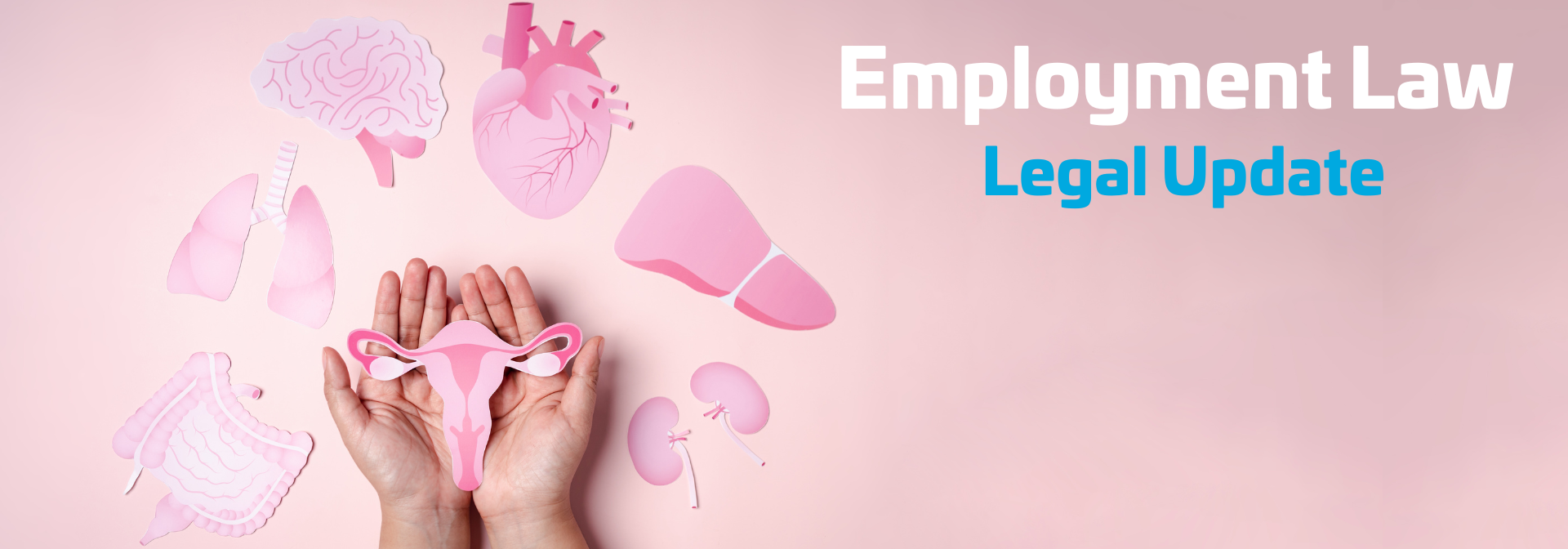
Chief Exec’s report Q1 2024
Read the full Q1 2024 Quarterly Review
3 minute read
Our watchful eye each quarter for the direction of travel for our industry is a simple reflection of our reason for being. We exist principally to support and promote Scotland’s engineering and manufacturing industry, and our ambition has always been to assist its growth to bring economic prosperity along with the high value and rewarding careers that enable success.
It underlines and perhaps explains the themes we frequently review alongside our standards: Skills, diversity, productivity, technology, innovation, and automation are some of the key enablers for the growth we seek to help, and the reason why we ask specific questions to industry related to these. The answers give us insight in order that we can make sense of the answers, and reflect that back to help businesses make decisions based on these.
The second half of 2023 saw at best a cooling picture for orders and output, particularly order input which swung negative after two years of post-pandemic recovery, so its return to being above the line catches our eye as the most directly geared indicator for our sector. It’s backed by some noticeably strong forecast numbers across the board, but especially for orders which reflects the highest outlook in two years and this combination helps drive the pick-up in optimism also reported.
Last quarter, metal manufacturing and fabricators were the sectors enduring the toughest time, reflected in them having the lowest optimism for all the sectors, and whilst both are reporting a flat picture for this, these are impressive forty to fifty percent climbs to get to that state.
I always look to see if these numbers match the conversations that we have day in day out with companies, and so it’s reassuring to see a broad match for the increases, especially from defence, aerospace and energy companies which are visibly busy, with some finding themselves fairly stretched by demand.
If we return to factors for growth, one concern that companies raise with us is the impact that the lack of availability of quality industrial buildings can have on expansion for growth. Floorspace and roof height are two commonly cited capacity considerations, with energy efficiency impact on costs plus electrical supply constraints also a part of the consideration
There is little in the way of useful objective data for industrial buildings, but a review for Edinburgh City Council in 2018 stated that “a large majority of the industrial stock (93%) is of a very basic standard, graded 2-star or 3-star (out of 5). The peak development era was the 1980s, mainly due to public sector activity, with a broad shoulder period from the 1960s to the 2000s. The majority of Edinburgh’s industrial stock is now at least 40 years old and is beginning to exhibit obsolescence.”
It’s a description that feels broadly in line for the industrial building landscape across Scotland, and so this quarter’s survey we added some questions to get a better understanding of industry’s view on this.
We thought it important to correlate these views with intention to grow, and here the good news is that an impressive 86% plan to grow their business, a statement of ambition that is heartening to hear. 42% said their current manufacturing facilities were a constraint on their business growth ambition, with 36% citing shopfloor space as the principal barrier.
The strongest response however was for the detrimental business impact caused by poor building efficiency or condition which was the case for 45% of our respondents. The clear connection here is the opportunity to manage costs, particularly energy, which good quality building spaces can offer.
Paul Sheerin
Chief Executive
Scottish Engineering







